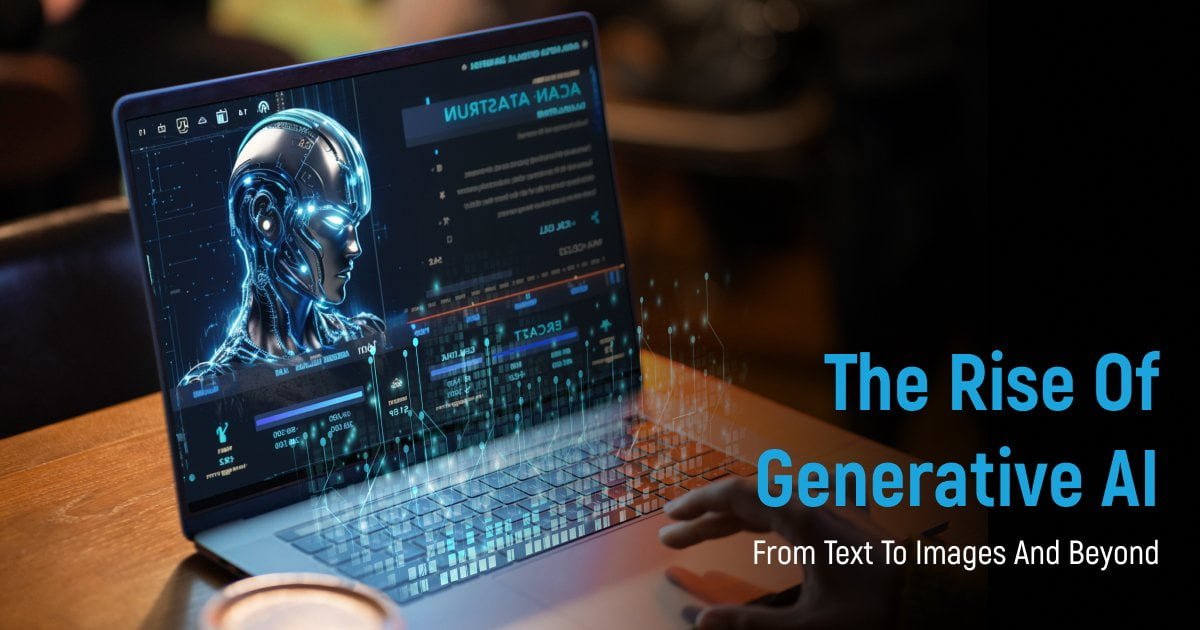
It has not been too long since Artificial Intelligence started spreading its tentacles in different fields. And today, the world is witnessing both the best and the worst outcomes of implementing AI. Design and development are one of these fields that are highly influenced by AI. The designers and developers are finding enough potential in AI and are, therefore, implementing it for multiple solutions. The power of AI has literally transformed the experience of employees working in this field.
All this process follows a simple principle, that is, designers can simply explain what they require with the available material and how the work is required. Then, it works seamlessly, like many AI tools do for the rest of the fields. Generative AI has already been implemented in the real world and is working brilliantly. Here’s an entire article to present before you the changing dynamics of the work in the near future, along with some futuristic ideas of its evolution.
How Is Generative AI Used In Design?
One of the most important applications relies on the creation of physical items, components, or products. AIs that have been trained about the properties of various materials and the advantages and disadvantages of each manufacturing process may maximize factors such as material effectiveness and production speed.
Several leading companies foresee a future in AI where a production technician may obtain immediate responses to inquiries about how modifications to manufacturing processes would affect the end product.
Of course, there are issues created by hallucination – the tendency of the current generation of generative artificial intelligence (AI) models to commit mistakes confidently.
Errors in the layout or manufacture of things might result in dangerously faulty goods. Human skills are now required to prevent this – not solely in design, but in all fields where generative AI is applied. One of the reasons I believe AI will modify human professions rather than replace them in the near future.
Generative AI is also swiftly becoming effective in visual design. One article based on Generative AI stated that Nutella employed algorithms to generate millions of distinct Nutella box designs. Collectors of unique package art can identify each jar since it is imprinted with a code.
It might potentially have transformative applications in design and urban planning. Evaluation of generative AI’s impact is also being used to build structures, modify urban environments, and augment human designers’ skill sets in combining work with the surroundings.
Designers may use it to change things like room layout and elements like stairwells and facades. They may then simply provide the parameters they need and let AI produce a large number of prototypes and contenders that fit the bill.
It is also being used in fashion design. The AI-powered Design Assistant generates completed design graphics for apparel in less than 10 seconds. Human designers typically spend weeks on the process.
The development of cloud-based generative AI platforms, though, has caused these barriers to come down, enabling many more creatives to understand its benefits for themselves.
The Future of Generative Design?
Generative AI offers a lot of potential for augmenting talents and streamlining design processes.
However, there are obstacles to overcome. One of the most difficult tasks will be to strike a balance between the continuous requirement for authentic human innovation and the drive to increase efficiency through automation. Sure, AI can generate 100 designs per second, but can we be certain that they all reflect the creative and technological flare that businesses want to project to their customers?
Of course, there are still ethical issues to address with data ownership, authorship, and intellectual property rights.
Overall, there is a future in which technologies available to designers and creators in all sectors grow more intuitive and beneficial for aiding with tasks requiring human ingenuity.
Looking ahead, It can be believed that we will see tools that can do more than just create-to-order systems that can comprehend and anticipate the intricate demands of particular designers and businesses.
They will also become increasingly focused on allowing mass customization. This may even begin to challenge our long-held expectations of uniformity and the cookie-cutter approach to mass-produced goods and products, which has the potential to make the world a more intriguing place.

